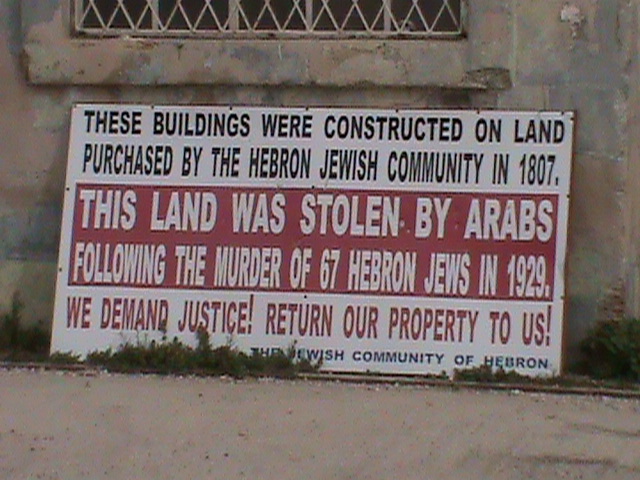Category: Journals
-
We Are With Hana Shalabi and Al Aqsa: Demonstration in the No Go Zone in Beit Hanoun
by Nathan Stuckey 29 February 2012 | International Solidarity Movement, Gaza Israeli riot police have entered the Al Aqsa Mosque Compound, Palestinians have struggling to protect it for days. After 66 days Khader Adnan has ended his hunger strike, hopefully, soon, he will be home with his family. Even before his hunger strike ended the…
-
Settler Violence: Broken Glass on Shuhada Street
by Silvia 21 February 2012 | International Solidarity Movement, West Bank Five years ago Abed Seder’s wife, Kefah, was shot five times in the chest by Israeli soldiers as she went onto her roof to check her water tank. She was 23 years old and left three sons motherless. He tells me his sons are…



